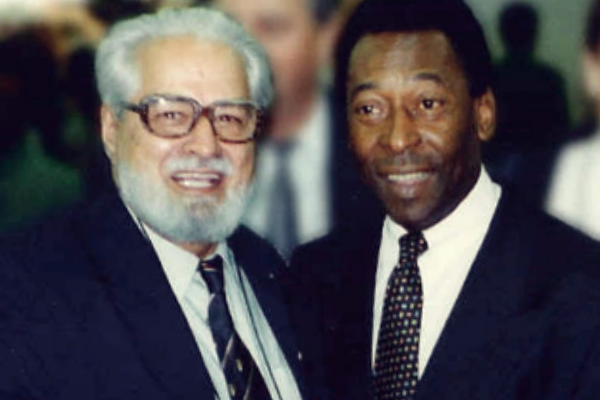Plyometric exercises have become a secret weapon in the training arsenal of fighters, including Olympic champions, seeking to achieve peak performance. These explosive and science-based workouts are designed to develop power, speed, and overall athleticism, making them a go-to choice for those aiming to reach their fitness zenith in the shortest time possible.
Plyometric History

The roots of plyometric training can be traced back to the 1960s when Soviet Bloc coaches began incorporating these dynamic exercises into the training routines of their athletes. Dr. Yuri Verkhoshansky, a pioneer in sports science, is credited with formalizing plyometrics as a training methodology. Initially known as “shock training,” the term “plyometrics” was later coined to describe these exercises that involve rapid muscle lengthening followed by a powerful contraction.
The correlation between plyometric training and athletic success is underscored by statistics from the highest echelons of sport. A study published in the Journal of Strength and Conditioning Research found that incorporating plyometrics into training significantly enhanced athletes’ performance, with notable improvements in vertical jump height and sprint speed. Olympic champions across various disciplines attribute their explosive movements and competitive edge to the systematic inclusion of plyometric exercises in their routines.
Olympic Champions and Plyometrics: A Winning Combination
If you’ve ever marveled at the speed, agility, and explosive movements of Olympic champions, you’ve witnessed the impact of plyometric training. Many elite athletes, including those at the pinnacle of the Olympic Games, incorporate plyometric exercises into their routines to gain a competitive edge. These exercises, characterized by rapid contractions and stretches of muscles, play a role in increasing an athlete’s overall performance.
Developing Explosive Power and Speed
The primary objective of incorporating plyometrics into a fighter’s regimen is to enhance explosive power and speed. Plyometric exercises engage the muscles in rapid contractions, allowing fighters to generate maximum force in a short amount of time. This increased power output translates into faster punches, dynamic kicks, and the ability to swiftly maneuver in the ring.
Science-Based Approach to Training
Plyometric training is not a random assortment of jumps and bounds; it’s rooted in sports science principles. The exercises are meticulously crafted to optimize the stretch-shortening cycle of muscles, harnessing the elastic energy stored during the eccentric (lengthening) phase and releasing it during the concentric (shortening) phase. This scientific approach ensures that each plyometric movement contributes to the development of specific athletic attributes.

Peak Shape
Fighters often face demanding training schedules that require efficient and effective workouts. Plyometric exercises fit the bill by offering a shortcut to peak physical shape. The intensity and explosiveness of plyometrics engage multiple muscle groups simultaneously, promoting cardiovascular fitness, strength, and endurance in a condensed timeframe.
In the world of combat sports, where split-second movements can determine victory, the inclusion of plyometric exercises is a game-changer. Olympic champions swear by their effectiveness in cultivating explosive power, speed, and overall athleticism. A science-based and efficient approach to conditioning, plyometrics stand as a testament to the commitment of fighters to push their limits and achieve unparalleled success in the ring.
Strength and plyometric training act as a conductor, teaching the body to coordinate muscle contractions seamlessly. This improved coordination translates into more efficient movements—a crucial element in the performance arsenal of any athlete.
Join Us
Excited to give it a try? Swing by our gym in Dubai or drop us a message to learn more about our classes and memberships. Blegend Gym – where fitness meets fun and everyone’s a champ!

